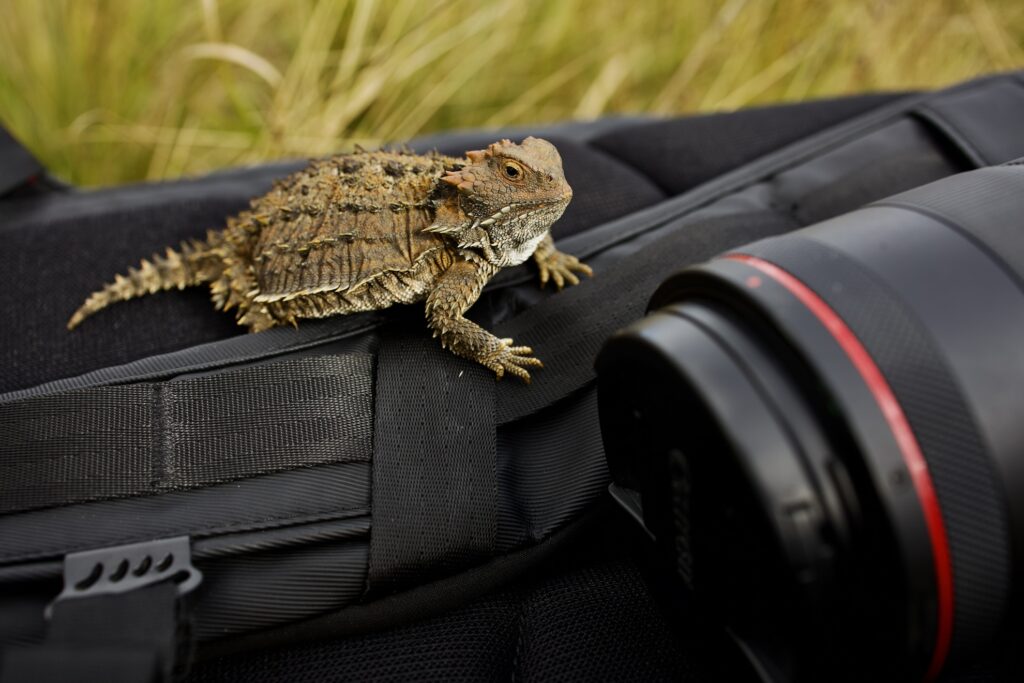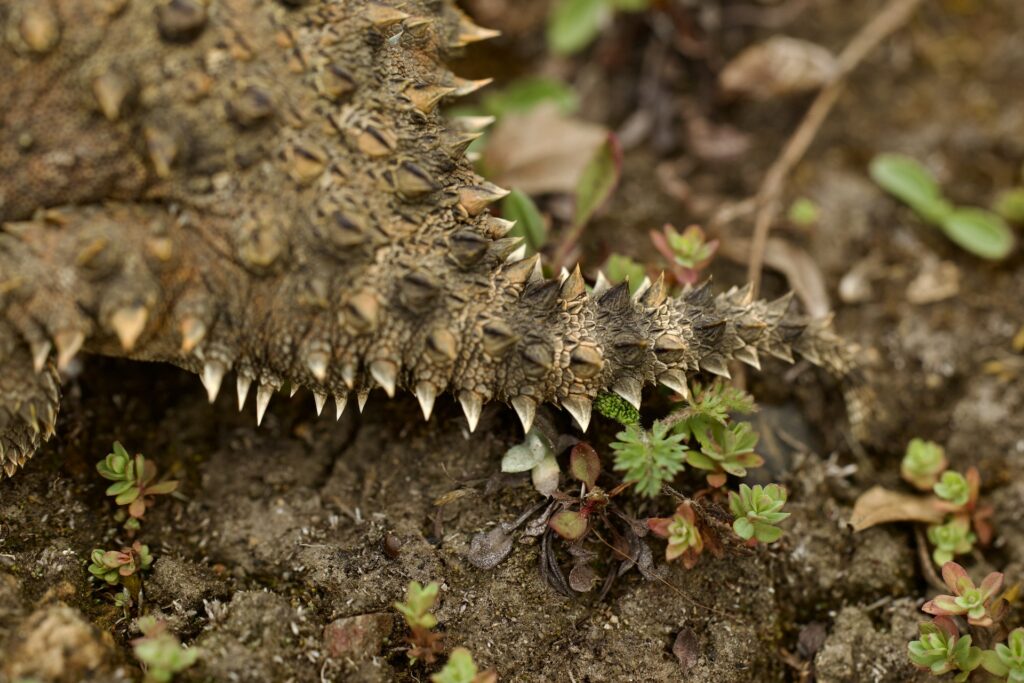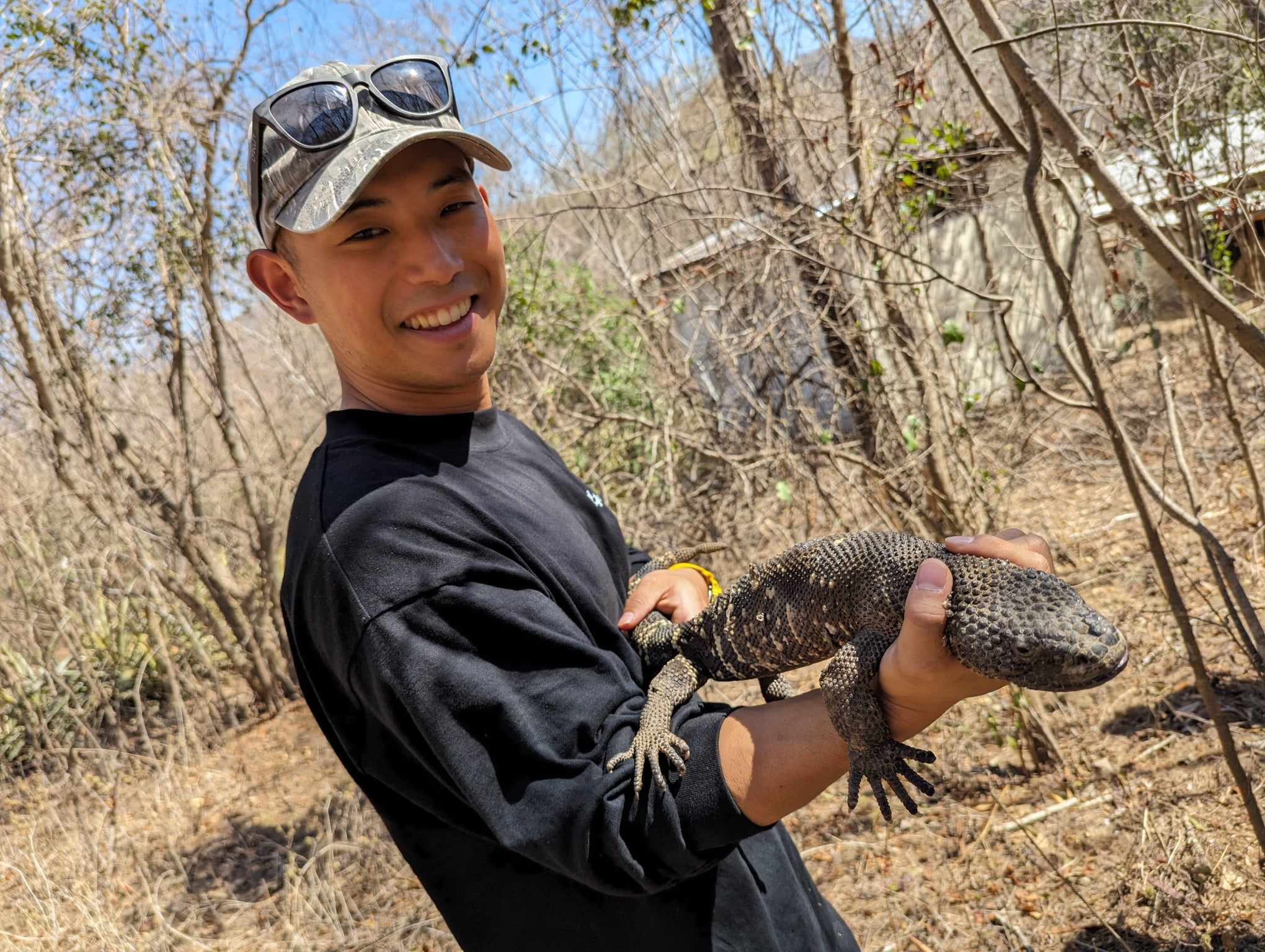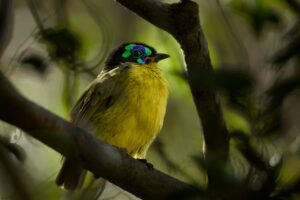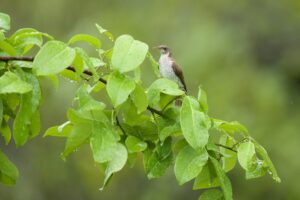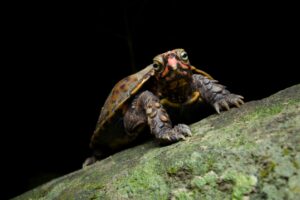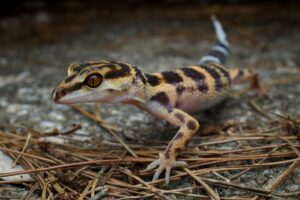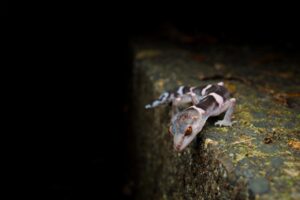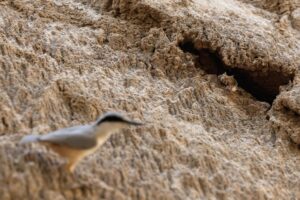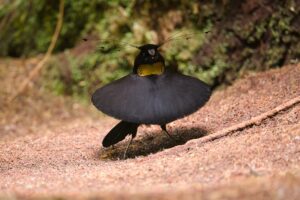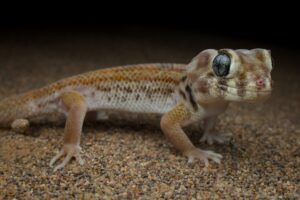During my herping adventure in Mexico, I encountered the Mexican Plateau Horned Lizard (scientific name: Phrynosoma orbiculare). This fascinating lizard combines the charm of a Chihuahua with the rugged toughness of its spiky horns. In this article, I’ll share details about its habitat, behaviors, and some useful tips for herpers interested in observing these unique creatures. I hope this information proves valuable for enthusiasts and researchers alike!
※We got special permit to look for them in the property.If you are planning to visit too please respect local rules.Contact us if you need father assistance.

Habitat
On this trip, I originally set out to find Abronia species but stumbled upon a region at slightly higher altitudes where trees became sparse. It was here that I observed the Mexican Plateau Horned Lizard. Known for basking in the sun for extended periods, these lizards are most active when sunlight breaks through the clouds. I headed out in the afternoon when the sun finally made an appearance, increasing the likelihood of spotting one.
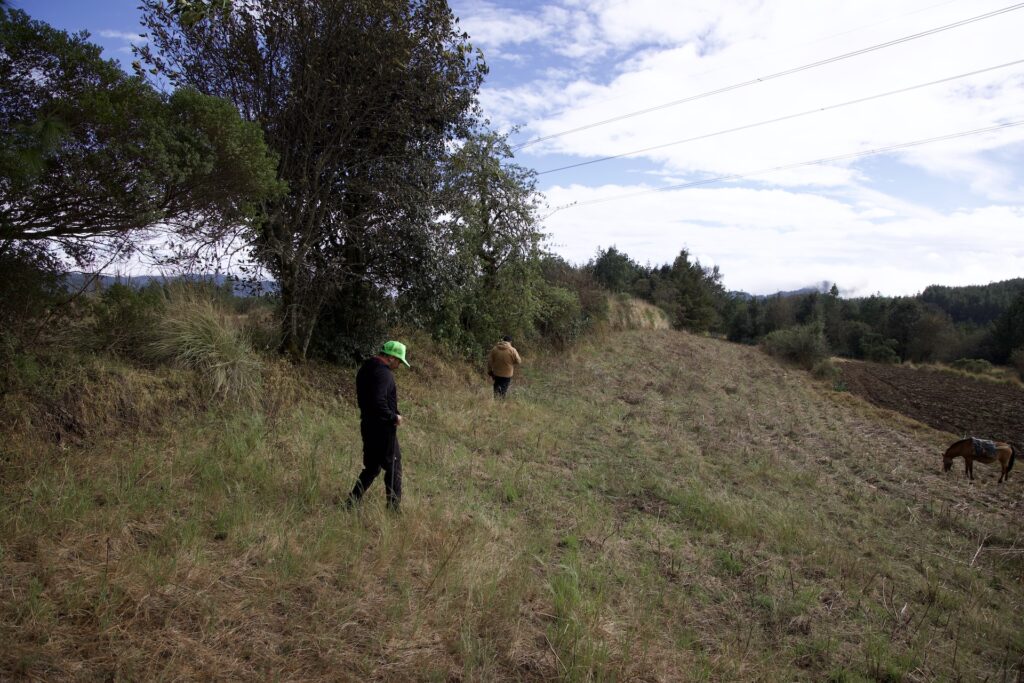
The specific location where I found this lizard was a grazing field where local farmers bring their goats. It was a vast, open area with low grasses, and my search mainly involved scouring the bases of plants for shadows. Herping in this kind of environment required meticulous observation.
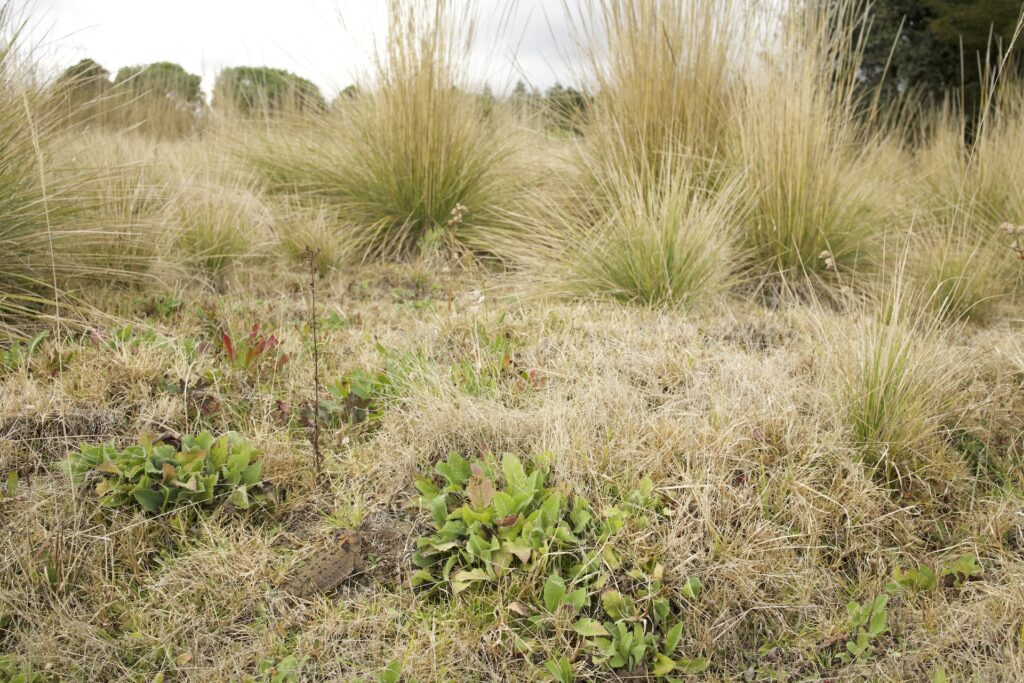
Observations
Due to the cool temperatures, the lizard I found barely moved. Locals mentioned that their diet primarily consists of ants, which travel in long lines. Since their prey comes to them, these lizards don’t need to move much, making stillness a significant part of their lifestyle. In their natural environment, the lizard’s spiky body provides excellent camouflage, blending seamlessly with its surroundings. Remaining stationary not only helps them avoid predators but also prevents them from being spotted by curious herpers like me. If they were to move, the low grass wouldn’t provide sufficient cover, leaving them vulnerable.
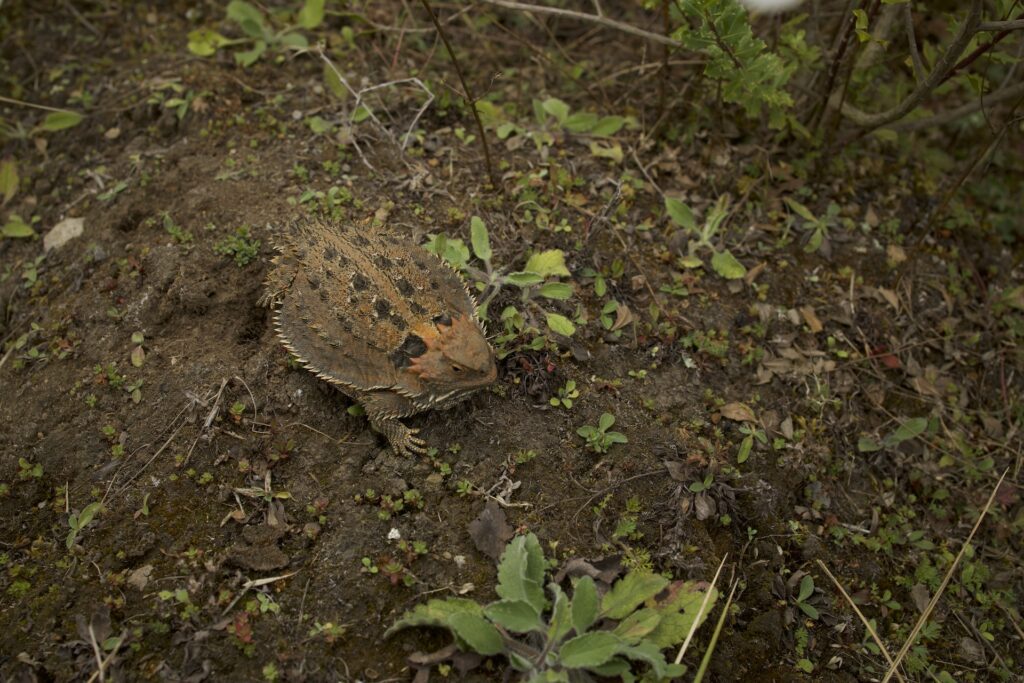
Unique Traits
One of the most fascinating aspects of the Mexican Plateau Horned Lizard is its reproduction. Unlike many other reptiles, this species is ovoviviparous, meaning it gives birth to live young rather than laying eggs. The area I observed them in was at an altitude of 2,800 meters (9,186 feet), where the surrounding mountains were capped with snow. While daytime temperatures could rise above 20°C (68°F), nighttime temperatures often dropped to around 5°C (41°F). Given these temperature fluctuations, it makes sense for the young to develop inside the mother’s body, where they can stay warm and grow efficiently, rather than being exposed to the harsh environment.
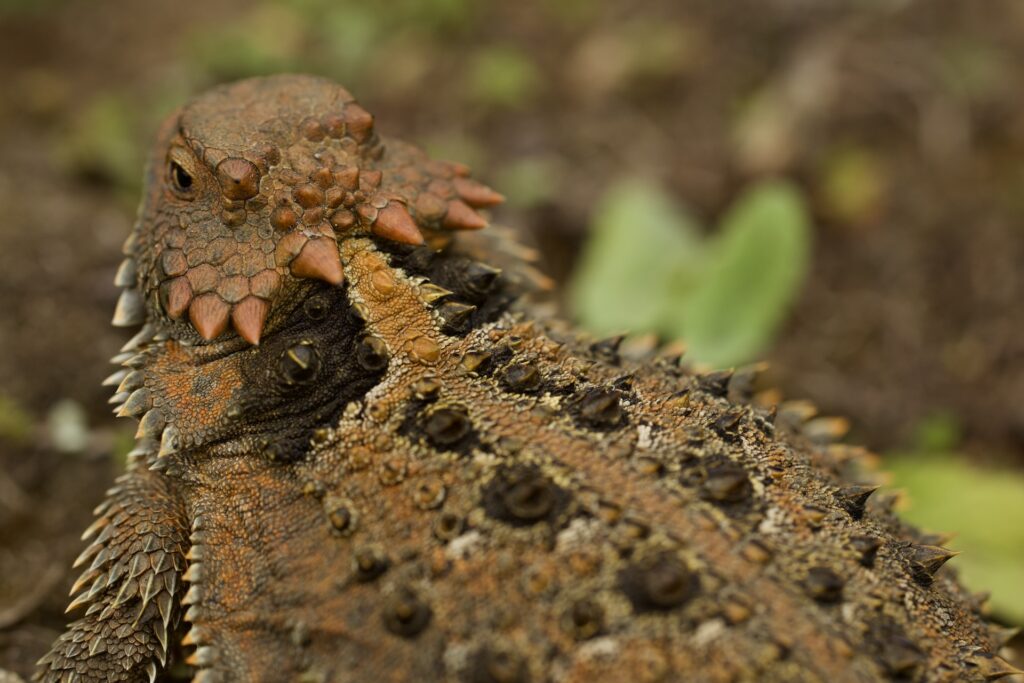
Conclusion
The Mexican Plateau Horned Lizard is an extraordinary creature, combining a round, endearing appearance reminiscent of a Chihuahua’s expressive eyes with rugged spikes that give it a tough demeanor. Once you see one, you’ll undoubtedly fall in love with its charm. I encourage you to head out and try to spot one for yourself! If you enjoyed this article or found it helpful, please leave a like or comment to let me know!
